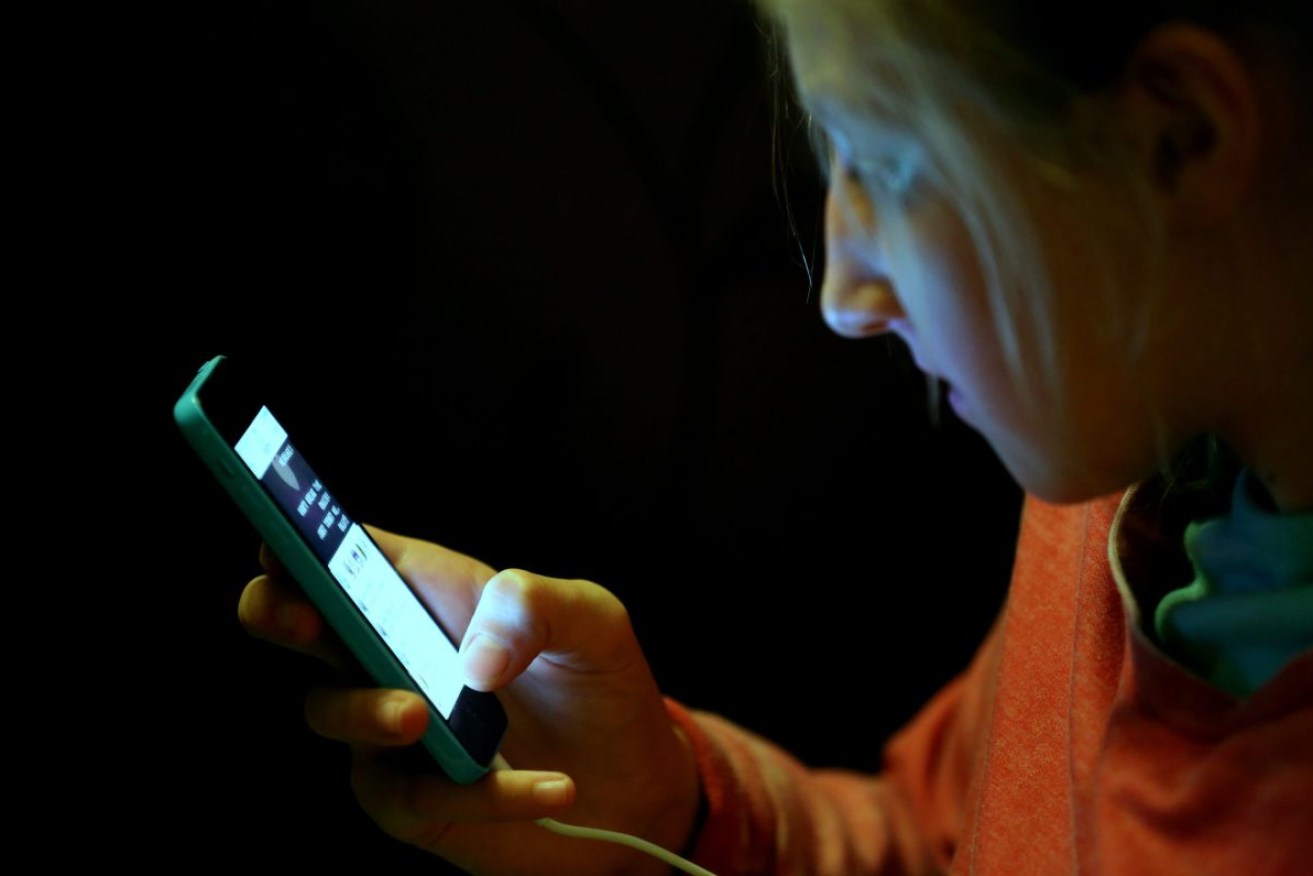It’s time to talk about sex
More young Australians are sexually active and exposed to sexting and online pornography. Helen Connolly argues that they deserve honest, open conversations about sexual health and rights.

Photo: Chris Radburn/PA Wire
According to the latest national Australian secondary students and sexual health survey of 6,841 students from years 9 to 12 in government, Catholic and independent schools, more young Australians are sexually active than in previous years.
While many of them report positive experiences, the survey of high school students found condom use is falling and there are still high rates of unwanted sex.
This is unlikely to get too much mainstream attention because in the most part we are still quite hung up on talking about sex and relationships, and particularly with young people. Many adults still twiddle their thumbs and clumsily look at the floor while young people are crying out for our guidance and support. They need us to prepare them for the challenges they face that are rapidly creating new ways of learning, relating, communicating, and experiencing sex and sexuality.
Attitudes towards sexuality and sexual behaviours have changed significantly in the past 10 years. During this time, we have seen more open conversations about consent, gender, sexual diversity, sexual safety, and sexual wellbeing on digital platforms. These haven’t translated that well to the world of young people.
If we are to make headway in relation to gender equality and respect for sexual diversity, then our legal, political, public health and education systems must all embrace a more open and robust approach to sexual health and sexual rights. Young people demand it, and we owe it to them to address their concerns about relationships, wellbeing and sexual health and safety.
Young people are sexually active and what is being taught is falling behind with what is happening in their day to day lives, making them vulnerable to disease, harmful behaviours, and in worst-case scenarios, sexual abuse. They must be taught how to navigate these scenarios with confidence and knowledge. It’s far too important to leave to chance.
Unlike subjects where knowledge remains relatively stable over time, relationships, wellbeing, and sexual health are much more fluid, and what is safe, acceptable, and expected is ever changing. Greater exposure to sexual content from a younger age impacts how sexual and physical development is expressed, with the interplay of sex, relationships and technology, and the changing social attitudes toward pornography and sharing of sexual images online some of the least understood and most pressing issues young people face.
Teenage women in their first years of high school have spoken to me about being scared and embarrassed by the amount of pressure they are under to send ‘sexts’ and to have sex, and how they’re being sexually harassed at school and on the street.
Young people are sexually active and what is being taught is falling behind with what is happening in their day to day lives, making them vulnerable to disease, harmful behaviours, and in worst-case scenarios, sexual abuse
Unsurprisingly this is impacting negatively on their self-esteem and emotional wellbeing, and a need for relationships and sexual health education to be much more focused, sensitive and relevant, providing a response to the negative behaviours they face daily, with better access to quality information about where to get help when it’s needed.
While families remain a significant source of information and support, not all young people have equal access to adults they can confidently turn to for advice. To fill this gap, we know young people rely on online sources for their information. Whilst some of these can be appropriate and helpful, the avalanche of content available can mean it becomes hard to find quality information. In worst-case scenarios it can potentially expose young people to damaging material that can include violent pornography or that sexualises or objectifies other people (particularly women).
Some material can also present extreme views that condemn sexual diversity and with it misrepresent gender diverse LGBTQIA+ people. This content can also lack accuracy, depth, and nuance. Online material relating to relationships and sexuality that normalises risky or violent behaviours, and which reinforces unhealthy or unrealistic expectations regarding gender, power, sex, and relationships, needs to be balanced with content being taught in the classroom.
In my 2021 survey of 1200 SA young people on sex education, it is notable that respondents who rated their relationship and sexual health education as ‘poor’ were more likely to have learned about relationship and sexual health from pornography. Those who rated their relationship and sexual health education more positively were more likely to report having learned about sex and relationships from trusted teachers, lessons at school, and family.
It’s time to talk about sex, sexting, porn and safety, as it is causing concern for children and young people and until we start talking about it we will never know quite how much of an issue it is.
Helen Connolly is Commissioner for Children and Young People




